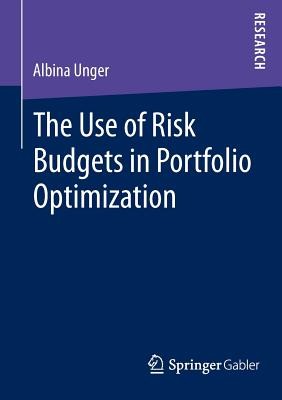
- We will send in 10–14 business days.
- Author: Albina Unger
- Publisher: Springer Gabler
- Year: 2014
- Pages: 424
- ISBN-10: 365807258X
- ISBN-13: 9783658072582
- Format: 14.8 x 21 x 2.5 cm, minkšti viršeliai
- Language: English
- SAVE -10% with code: EXTRA
Reviews
Description
Risk budgeting models set risk diversification as objective in portfolio allocation and are mainly promoted from the asset management industry. Albina Unger examines the portfolios based on different risk measures in several aspects from the academic perspective (Utility, Performance, Risk, Different Market Phases, Robustness, and Factor Exposures) to investigate the use of these models for asset allocation. Beside the risk budgeting models, alternatives of risk-based investment styles are also presented and examined. The results show that equalizing the risk across the assets does not prevent losses, especially in crisis periods and the performance can mainly be explained by exposures to known asset pricing factors. Thus, the advantages of these approaches compared to known minimum risk portfolios are doubtful.
EXTRA 10 % discount with code: EXTRA
The promotion ends in 23d.04:21:08
The discount code is valid when purchasing from 10 €. Discounts do not stack.
- Author: Albina Unger
- Publisher: Springer Gabler
- Year: 2014
- Pages: 424
- ISBN-10: 365807258X
- ISBN-13: 9783658072582
- Format: 14.8 x 21 x 2.5 cm, minkšti viršeliai
- Language: English English
Risk budgeting models set risk diversification as objective in portfolio allocation and are mainly promoted from the asset management industry. Albina Unger examines the portfolios based on different risk measures in several aspects from the academic perspective (Utility, Performance, Risk, Different Market Phases, Robustness, and Factor Exposures) to investigate the use of these models for asset allocation. Beside the risk budgeting models, alternatives of risk-based investment styles are also presented and examined. The results show that equalizing the risk across the assets does not prevent losses, especially in crisis periods and the performance can mainly be explained by exposures to known asset pricing factors. Thus, the advantages of these approaches compared to known minimum risk portfolios are doubtful.


Reviews